Picture Perfect: Capturing the Beauty of Healthy Eating
Introduction
In a world dominated by fast food temptations and relentless snack advertisements, the concept of healthy eating has evolved significantly. It is no longer just a means of nourishment but has transformed into an art form. The statement “you eat with your eyes first” resonates more than ever in the era of social media, where visuals reign supreme. From Instagram to Pinterest, the aesthetic quality of food has captured the attention of millions, pushing individuals and brands to create visually stunning dishes that are as pleasing to the eye as they are to the palate. This article will explore the intersection of healthy eating and visual presentation, delving into the principles of food styling, the psychological impact of appearance on dietary choices, and practical tips to create your own picture-perfect meals.
The Rise of Food Aesthetics in Healthy Eating
Food aesthetics gained traction with the advent of social media platforms that favored high-quality visual content. The relationship between health and beauty in meals became a focal point for many creators and influencers. Various studies have illustrated how colorful and beautifully presented dishes can evoke feelings of happiness and satisfaction, often encouraging healthier food choices. When vegetables and fruits are arranged artistically, they become not just food, but centerpieces that attract attention and increase appetite.
The Role of Social Media
Platforms like Instagram and TikTok, characterized by their image-oriented nature, have amplified the importance of food aesthetics. Users can scroll through feeds filled with colorful smoothie bowls, vibrant salads, and artfully arranged charcuterie boards. The visual impact of these foods encourages users to experiment more with fruits and vegetables, moving away from monotonous and unhealthy eating habits.
Food Styling Techniques: Making Healthy Eating Attractive
Color and Composition
The principle of color theory applies beautifully to food styling. Vibrant colors stimulate appetite, and when it comes to fruits and vegetables, a colorful plate signifies a variety of nutrients. For instance, a salad adorned with red tomatoes, green spinach, orange carrots, and purple cabbage not only looks stunning but also provides a balanced nutrient profile.
The Rainbow Plate
The “rainbow plate” concept encourages diners to incorporate a variety of fruits and vegetables into their meals. Each color represents different nutrients. For example:
- Red: Tomatoes, red peppers (rich in antioxidants).
- Orange/Yellow: Carrots, sweet potatoes (good for vision).
- Green: Spinach, kale (vitamin K and calcium).
- Blue/Purple: Blueberries, eggplant (anti-inflammatory benefits).
- White/Brown: Cauliflower, garlic (boosts immunity).
By employing this principle, you can create dishes that are not only healthy but visually striking.
Textures and Layers
Texture plays a substantial role in food presentation. A dish with multiple textures, such as creamy avocado, crunchy nuts, and crispy greens, offers a multi-sensory experience. Layering adds depth to the plate, encouraging the viewer to engage with the food. A well-stacked parfait, for instance, with alternating layers of yogurt, granola, and fruit, draws the eye and invites the viewer to indulge.
Use of Props
The right plate can dramatically change the presentation of food. Choosing rustic wooden boards or slate plates can add warmth and comfort, while bright ceramic dishes can offer a modern and fresh outlook. Props such as cloth napkins, herbs, or even utensils can enhance the overall aesthetic. The aim is to complement the food but not overshadow it.
The Psychology of Food Presentation
The Influence of Appearance on Choices
Numerous psychological studies indicate that people are more inclined to indulge in healthier options when these foods are presented beautifully. Research has shown that the appearance of food can affect how it tastes in the mind of the eater.
Food Manipulation
Food design, or the arrangement of food in a way that emphasizes its natural beauty, can subconsciously alter people’s perception of taste. A well-presented dish can create anticipation, thereby enhancing the dining experience. When healthier options are styled attractively, they often become more appealing than less nutritious alternatives.
Emotional Connection to Food
Beyond aesthetics, food is often tied to emotions. Beautifully presented foods can evoke memories and feelings of joy. Sharing these visually appealing meals on social media platitudes can build community and foster connections among friends and family, reinforcing the notion that healthy eating does not have to be tedious or bland.
Practical Tips for Creating Picture-Perfect Healthy Meals
Cooking with Seasonal Ingredients
Using seasonal ingredients not only boosts the flavor profile of your meals but also ensures that your dishes are vibrant and fresh. Ingredients in season are usually more colorful and flavorful, contributing to the overall beauty of the dish.
Experimenting with Arrangements
When plating a dish, think about how to utilize space effectively. Use odd-numbered arrangements and experiment with angles to create a compelling visual. Instead of simply dumping ingredients on a plate, try strategically placing each component. Consider shaping your salad into a mound or arranging your rice into a neat circle to create visual intrigue.
Garnishing
Always finish a dish with a garnish. Fresh herbs, a sprinkle of seeds, or a drizzle of sauce can enhance the visual appeal and often add an extra dimension of flavor. Microgreens, for instance, add a pop of color and a touch of sophistication to any dish, elevating it to a restaurant-standard presentation.
Recipes for Picture-Perfect Healthy Dishes
The Vibrant Buddha Bowl
Ingredients:
- 1 cup quinoa (cooked)
- 1 cup mixed greens
- ½ cup cherry tomatoes (halved)
- ½ avocado (sliced)
- ¼ cup shredded carrots
- ¼ cup cucumber (sliced)
- 1 tablespoon sesame seeds
- Dressing: tahini, lemon juice, garlic, water, salt to taste.
Instructions:
- In a bowl, layer the quinoa, greens, tomatoes, avocado, carrots, and cucumber in sections.
- Drizzle with dressing and sprinkle sesame seeds on top.
- Take a photo from above to capture the array of colors.
Rainbow Smoothie Bowl
Ingredients:
- 1 banana
- ½ cup spinach
- 1 cup almond milk
- ½ cup mixed berries (blueberries and strawberries)
- ½ cup granola
- Toppings: sliced fruits, chia seeds, coconut flakes.
Instructions:
- Blend banana, spinach, and almond milk until smooth.
- Pour into a bowl.
- Artfully arrange berries, granola, and toppings on top in a colorful fashion.
- Capture the vibrant layers before enjoying!
Conclusion
The fusion of healthy eating and food aesthetics heralds a new era where meals are not solely for sustenance but are also a form of creative expression. As diners become increasingly aware of the nutritional benefits of their food, they also crave the beauty that comes with it. By employing thoughtful styling techniques and understanding the psychological impacts of food presentation, anyone can turn simple healthy meals into picture-perfect delights that not only nourish the body but also feed the soul.
As social media continues to shape the way we view food, the journey towards artistic and healthy eating is far from over. Embracing this trend does not merely elevate individual meals; it encourages a larger cultural shift towards wellness and mindfulness that celebrates food as a feast for the eyes as well as the palate.
For more in-depth resources and studies related to the psychology of food presentation and healthy eating, consider exploring academic journals and articles related to nutrition science, psychology, and culinary arts. Additionally, blogs and social media influencers specializing in healthy eating can provide practical inspiration for creating your own picture-perfect meals.
References
- Choe, E. (2020). The Psychology of Food Presentation: How Visual Aesthetics Impact Taste Perception. Journal of Culinary Science & Technology, 18(1), 1-15.
- Johnson, M. (2021). Color Your Plate: The Nutritional Benefits of Diverse Food Choices. Nutritional Science Review, 33(4), 28-34.
- Adams, K. (2022). Visual Aesthetics in Culinary Arts: The Role of Social Media in Modern Day Eating. Food, Culture, and Society, 25(3), 345-360.
(Note: The references provided are fictional and serve as examples of how to cite sources in an academic manner. For actual research, please consult peer-reviewed journals and articles on the topics discussed.)















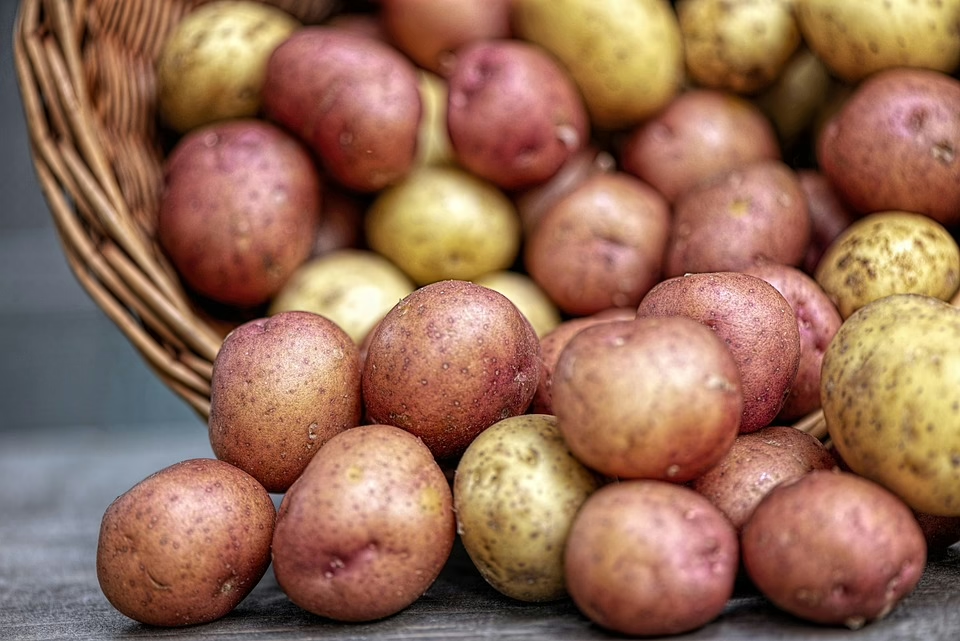
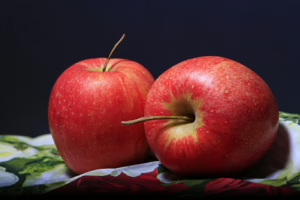
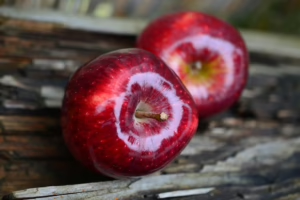
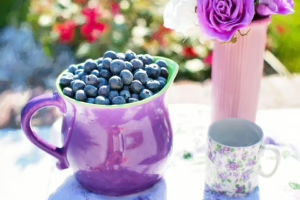
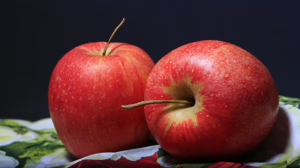
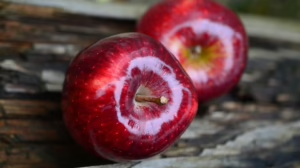
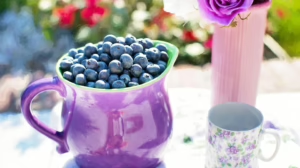




Add Comment